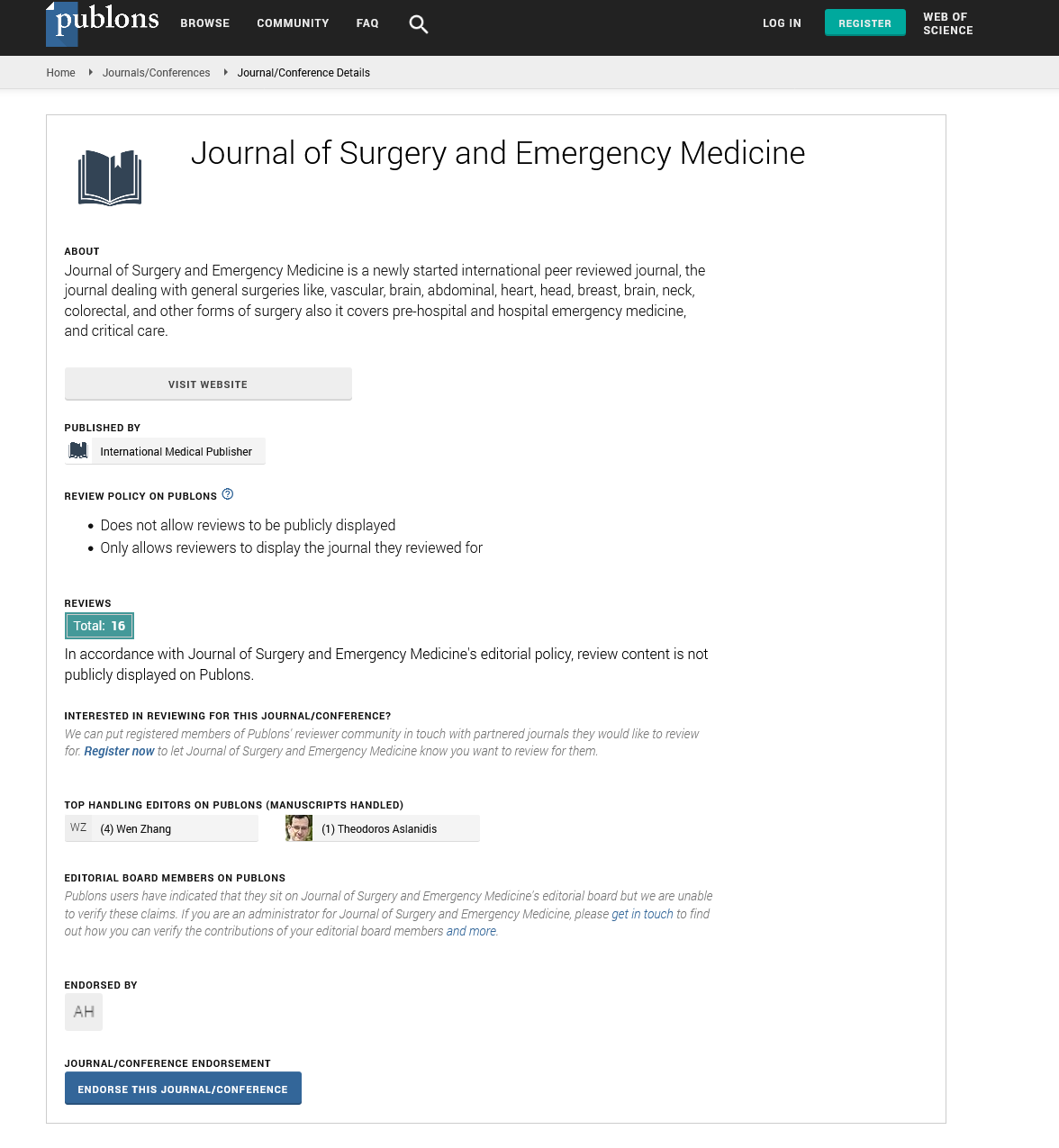Abstract
The psychological impact of living with Rheumatoid Arthritis.
Statement of the Problem: Receiving a diagnosis of Rheumatoid Arthritis (RA) can lead to an increase in powerful negative emotions which can lead to depression; this is often overlooked in clinical practice.
The unpredictable nature of remission and exacerbation of RA can create uncertainty and may lead to feelings of helplessness. It can also create feelings of shock, anger, denial, anxiety and fear. Feelings of loss are common as often enforced changes need to be made like a change in job, finances and home life. As humans change is a difficult process, as it causes increased stress and anxiety. Healthcare professionals do not fully appreciate the psychological impact of RA, however the presence of physical illness can complicate the assessment as some of the symptoms such as fatigue are common in both mental and physical disorders therefore healthcare professionals do not routinely screen for depression or offer support in relation to this.
Depression has been linked with increased pain levels; however, pain provokes an emotional response, suggesting pain increases the likelihood of developing depression. The level and frequency of pain can predict whether someone may go on to develop depression. It is thought however, that depression is more likely to occur after deterioration in functional ability and reduced independence.
Depression is thought to be a key factor in the lack of medication adherence due to depression leading to poor self-care. This non- adherence could potentially lead to inadequately controlled disease.
Conclusion & Significance: It would appear that concomitant depression and RA worsen the outcomes. There are arguments as to whether depression reflects the response to the symptoms of RA or whether depression contributes to those symptoms. More research is needed to examine the relationship between RA and depression however, in the meantime patients need to be adequately screened for depression.
Author(s): Jayde Lane
Abstract | PDF
Share This Article
Google Scholar citation report
Citations : 131
Journal of Surgery and Emergency Medicine received 131 citations as per Google Scholar report
Journal of Surgery and Emergency Medicine peer review process verified at publons
Abstracted/Indexed in
- Google Scholar
- Publons
Open Access Journals
- Aquaculture & Veterinary Science
- Chemistry & Chemical Sciences
- Clinical Sciences
- Engineering
- General Science
- Genetics & Molecular Biology
- Health Care & Nursing
- Immunology & Microbiology
- Materials Science
- Mathematics & Physics
- Medical Sciences
- Neurology & Psychiatry
- Oncology & Cancer Science
- Pharmaceutical Sciences
